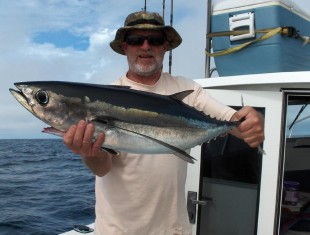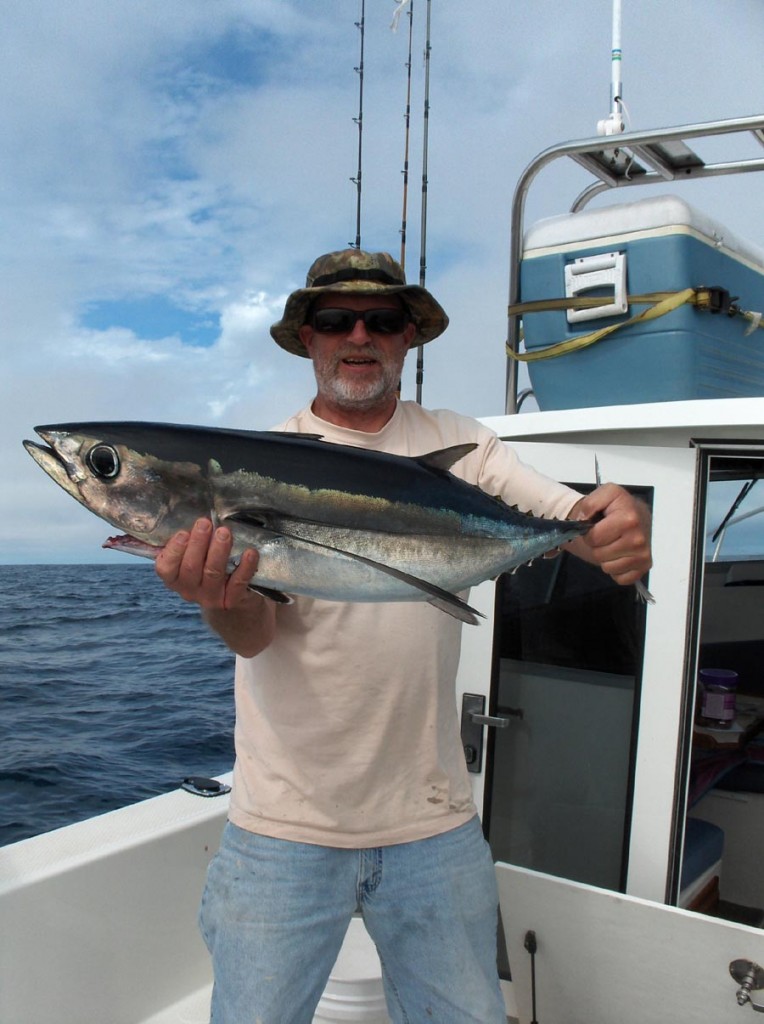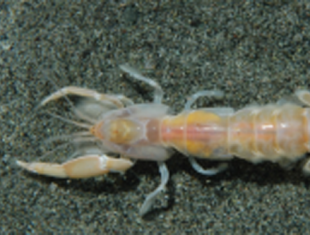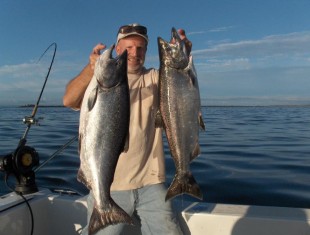EARL SANDE
I’ve been working on boats – well over 8,000 in my lifetime ‑ for over 45 years and during that time I have witnessed many mistakes people have made by doing too much or not enough maintenance to their marine engines.
Back in the 1960s it was a lot easier for young kids to work. When I was 11 my cousins and I spent the summers working for our dads at Sande Boat Works in Belfair. At that age we mainly swept floors and washed boats making 35 cents an hour. After a five-day work week we had 15 bucks in our pocket and couldn’t believe how rich we felt.
At age 12 I had enough money to buy a new 22 caliber Remington rifle for 17 dollars. I also bought my own boat and motor a year later for transportation around lower Hood Canal.
A few years later we started putting boat trailers together and soon after that we started doing simple repairs on outboard motors under the careful instruction and watchful eyes of our fathers. They were very good teachers, and looking back they had a lot of patience with us.
By the time we were 16 we were doing most of the tune-ups, water pump replacements and rigging new outboards on boats. I also had enough money to go buy a 1967 Chevy Malibu two-door with a 327 V-8 engine.
My Dad, uncle and grandfather sold the business in 1975, but I stayed working there for two different owners until 1988. That’s when I started my own repair shop near Belfair. Suddenly I was working half as many days a year, but making twice as much money as before. The summer season was grueling, working seven days a week from 9:00 A.M to 9:00 P.M. for four months.
Back then the most common mistake people made was starting the engine without water, which damaged the water pump impeller. In about 1968, mercury changed the material of the water pump housing from aluminum to plastic which was a huge improvement for saltwater use, but if you started the engine without water the plastic housing and impeller started to melt in 15 seconds.
It wasn’t until 1986 that mercury engineers decided enough was enough and designed in some models a nearly bullet proof floppy-vain impeller in a stainless steel housing. In 1991 all mercury sterndrives had this water pump system except the larger bravo drives which have the impeller on the front of the engine.
Another goofy thing people did with the older mercury outboards was trying to go a few more miles per hour by increasing the maximum spark advance a few degrees, especially on the inline six-cylinder models.
Within 15 minutes of cruising down the bay, number one and number three pistons would get hot and swell-up, damaging the cylinder, piston and rings.
If you degreased the maximum spark advanced two degrees from what the manual called for, the engine would last a long time.
One time a customer of mine was flushing his mercruiser 4.3 V-6 sterndrive on the garden hose like a good boat owner should, but his mind was on something else. As he wondered off to do something else, he turned off the faucet. He came back 20 minutes later, and seeing smoke he smacked himself on the forehead with his hand, but the damage was already done. The engine got so hot it damaged the cylinders and pistons. He even melted the plastic valve covers.
Then of course there are the sterndrive owners who forget to winterize their engines in the early fall. Some winters around here are mild enough not to crack engine blocks, heads, exhaust manifolds and risers. But if it gets down in the 20s a couple nights in a row, ice can expand enough to crack metal, creating a very expensive repair.
Paying me to winterize your boat for about $350, which includes changing the oil and filter, removing the drive and changing the gear oil, adding stabilizer to the fuel, fogging the engine internally, draining what needs to be drained and spraying the engine down with corrosion spray, is a lot better deal than replacing the engine for five to ten thousand dollars.
I’ve had customers launch or winch their boats back on the trailers with the outdrive still down, damaging the drive. I had one customer launch his boat with the drive half way down. The concrete rubbed a one inch hole in the drive, letting the gear oil escape. Amazingly he used it for a month with only saltwater to lubricate the gears, bearing and shafts. But when he put it back on the trailer the water ran out of the drive letting air in and within two days in the hot sun the drive was rusted solid so the insurance company bought him a new one.
The moral of the story is that there are many ways to screw-up your boat by not paying attention to a few simple rules.
Need help with your boat, contact me at (360) 275-5861,




